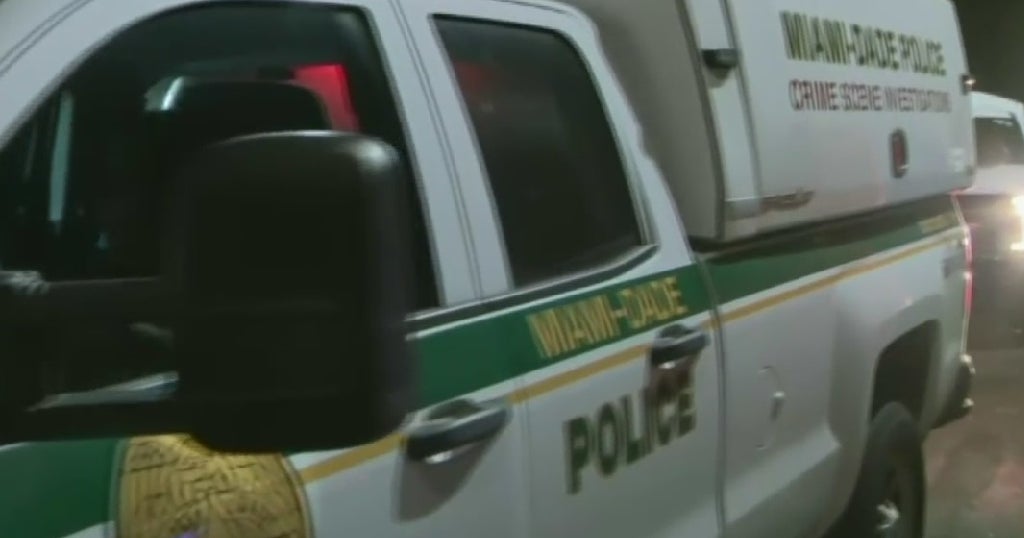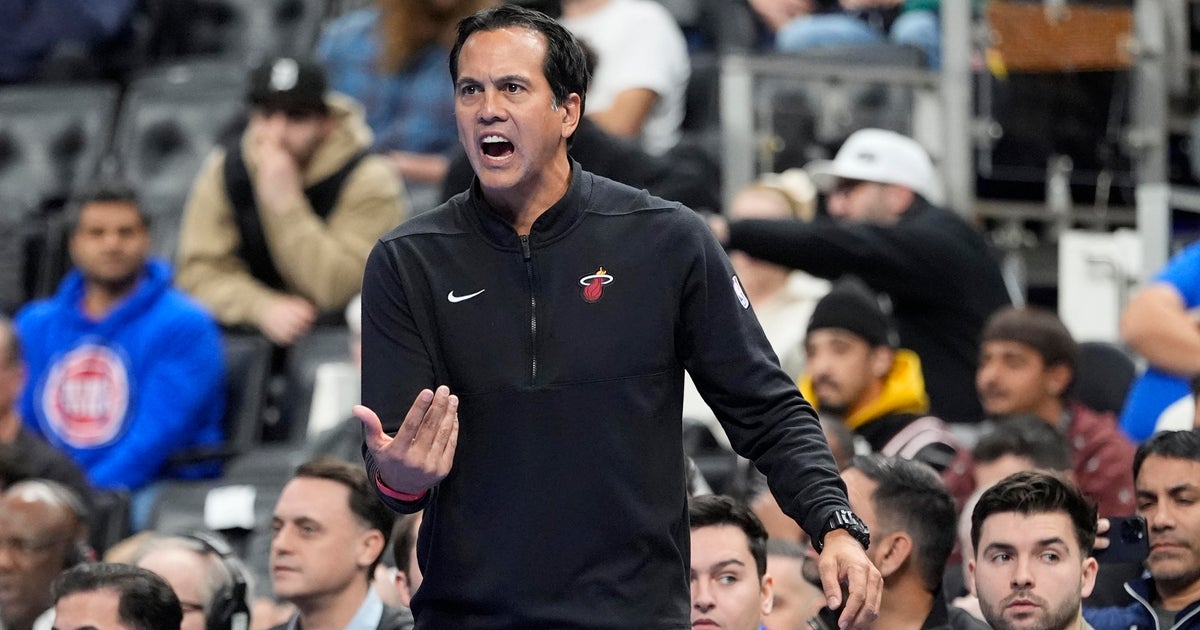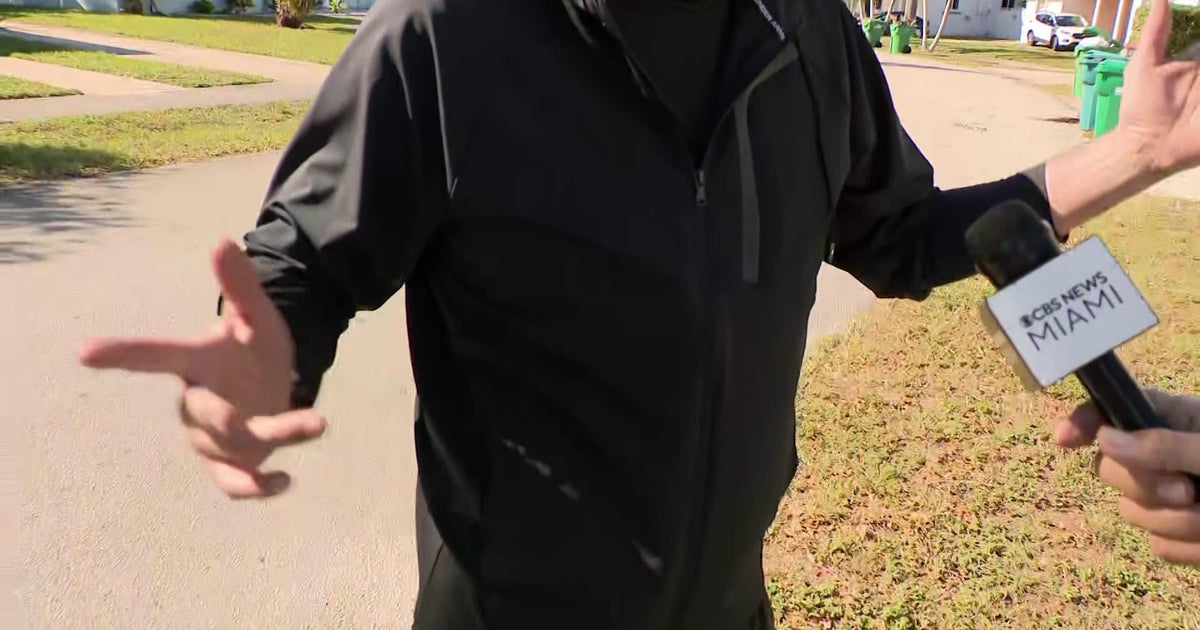Supply Capsule Arrives At International Space Station
CAPE CANAVERAL (CBSMiami/AP) – After a week's delay, NASA's newest delivery service has arrived at the International Space Station with more than a half-ton of meals and special treats.
The space station astronauts used their ship's huge robot arm to grab the Orbital Sciences Corp.'s Cygnus capsule, as the two vessels zoomed 260 miles above the Indian Ocean.
"Everybody is just so excited," Mission Control radioed. Ground teams described the achievement as "epic" and "superb.'"
Orbital Sciences launched the Cygnus capsule on this test flight from Virginia on Sept. 18. It was supposed to reach the space station last Sunday, but got held up by inaccurate navigation data. A software patch fixed everything. Then the Cygnus had to wait for a Russian spacecraft bringing three new astronauts in midweek.
The successful arrival means the Virginia-based company can begin making good on a $1.9 billion contract with NASA for a series of Cygnus deliveries. The next one could fly by Christmas.
Applause could be heard in Mission Control once Italian astronaut Luca Parmitano grabbed hold of Cygnus with the space station's hulking mechanical arm.
"Good capture. That's a long time coming," Mission Control radioed.
"Smiles all around," added Orbital Sciences in a tweet.
Sunday's successful operation culminated years of effort for Orbital Sciences, which was hired by NASA along with the California-based Space Exploration Technologies Corp. to keep the space station well stocked in this post-shuttle era.
SpaceX has been launching its supply ships, called Dragon, for more than a year. It's also working on a possible manned capsule that would ferry U.S. astronauts to the space station, rather than having them hitch rides on Russian rockets.
Unlike the SpaceX Dragon that can return items to Earth, the Cygnus is designed to burn up upon descent. Once unloaded of its 1,300 pounds worth of food, clothes and other items, it will be filled with trash and cut loose toward the end of October. That's how the Russian, European and Japanese supply ships end up as well: self-destructing garbage cans.
The latest delivery included student experiments and, almost certainly, chocolate for the six-person crew. That's what astronaut Karen Nyberg was expecting, anyway, from her astronaut-husband and 3-year-old son.
Following the early morning capture, the astronauts worked to install Cygnus — named after the swan constellation — on the space station. The hatch opening was set for early Monday.
Both Parmitano and Mission Control paid tribute to the late astronaut for whom the Cygnus is dedicated: G. David Low. Low flew three times on space shuttles, then went to work for Orbital Sciences to help in this new commercial space effort. He died of cancer in 2008 at age 52. His family attended the Cygnus launch from NASA's Wallops Flight Facility.
"To our great friend and colleague G. David Low ...this one's for you," Orbital Sciences said via Twitter.
(TM and © Copyright 2013 CBS Radio Inc. and its relevant subsidiaries. CBS RADIO and EYE Logo TM and Copyright 2013 CBS Broadcasting Inc. Used under license. All Rights Reserved. This material may not be published, broadcast, rewritten, or redistributed. The Associated Press contributed to this report.)



